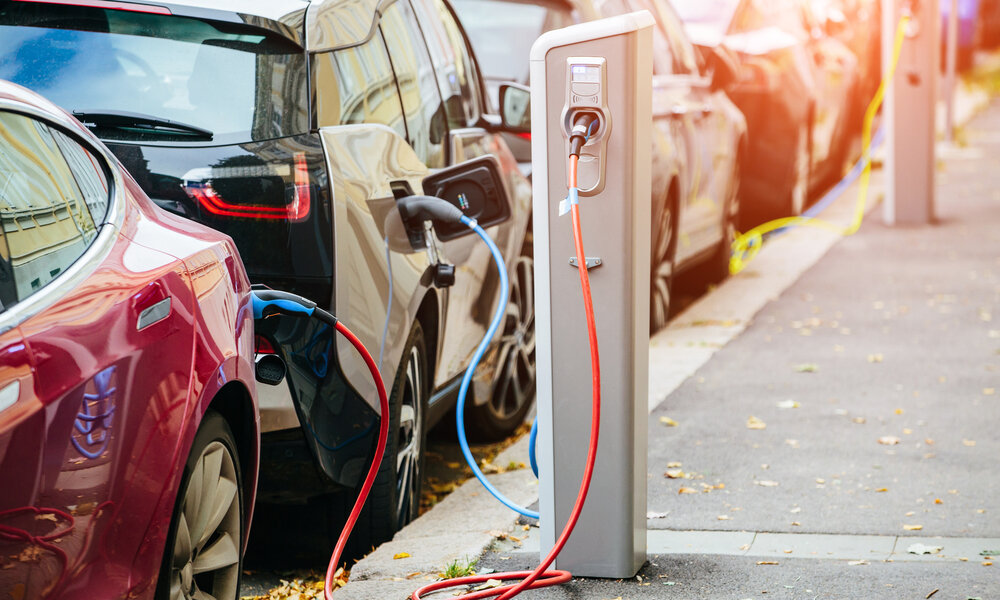With the rise of electric vehicles (EVs) dominating the automotive industry, the need for accessible and efficient EV charger installations has become paramount. As more drivers make the switch to electric, the demand for convenient charging solutions grows, necessitating a closer look at the process of EV charger installation. In this comprehensive guide, we delve into the essential steps and considerations for installing EV chargers, with a focus on leveraging support from electric companies to streamline the process.
Understanding EV Charger Installation
Assessing Site Suitability
Before diving into the installation process, it’s crucial to assess the suitability of the site where the EV charger will be installed. Factors such as proximity to power sources, accessibility, and local regulations need to be carefully considered. Consulting with electric companies can provide valuable insights into site feasibility assessments, ensuring optimal placement and functionality of the EV charger.
Choosing the Right Charger
Selecting the appropriate EV charger is another critical step in the installation process. EV owners can choose from a variety of charging options, including Level 1, Level 2, and DC fast chargers, each offering different charging speeds and capabilities. Collaborating with electric companies can help in identifying the most suitable charger for the intended application, taking into account factors such as charging requirements, power capacity, and future scalability.
Electrical Infrastructure Upgrades
In many cases, installing an EV charger may require upgrades to the existing electrical infrastructure to support the additional power demand. Electric companies play a vital role in assessing the current electrical system and recommending necessary upgrades to ensure compatibility with the EV charger installation. This may involve upgrading circuit breakers, wiring, and other components to meet safety and performance standards.
Obtaining Permits and Approvals
Navigating the regulatory landscape surrounding EV charger installations can be complex, with permits and approvals required from local authorities and utility companies. Electric companies can assist in the permitting process by providing guidance on regulatory requirements and facilitating communication with relevant stakeholders. By leveraging their expertise, EV owners can streamline the approval process and expedite the installation timeline.
Installation and Commissioning
Once all necessary preparations have been made, the actual installation of the EV charger can commence. This involves mounting the charger hardware, connecting it to the electrical supply, and configuring settings for optimal performance. Electric company often collaborate with certified installers to ensure that installations are carried out safely and in compliance with industry standards. Following installation, thorough testing and commissioning procedures are conducted to verify functionality and address any issues that may arise.
Ongoing Maintenance and Support
After the EV charger has been installed and commissioned, ongoing maintenance and support are essential to ensure its continued operation and reliability. Electric companies may offer maintenance services, such as regular inspections, firmware updates, and troubleshooting assistance, to keep EV chargers running smoothly. Additionally, they can provide technical support and guidance to address any issues or concerns that may arise during the lifetime of the charger.
Leveraging Electric Company Support
- Financial Incentives: Many electric companies offer financial incentives and rebates to encourage the installation of EV chargers. These incentives can help offset the upfront costs associated with charger installation, making it more affordable for EV owners.
- Technical Expertise: Electric companies possess the technical expertise and resources necessary to support EV charger installations effectively. From site assessments to electrical upgrades and ongoing maintenance, their knowledge and experience can streamline the entire process.
- Regulatory Compliance: Electric companies are well-versed in local regulations and requirements governing EV charger installations. By partnering with electric companies, EV owners can ensure compliance with all relevant regulations and avoid potential delays or complications.
Conclusion
In conclusion, installing EV chargers requires careful planning, expertise, and collaboration with electric companies. By following the essential steps outlined in this guide and leveraging support from electric companies, EV owners can navigate the installation process successfully and contribute to the widespread adoption of electric vehicles. With the right approach, EV charger installation can be a seamless and rewarding experience, paving the way for a cleaner and more sustainable transportation future.

